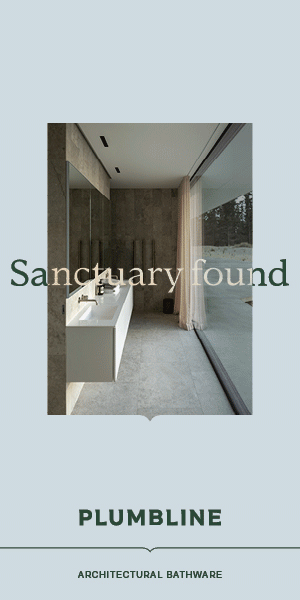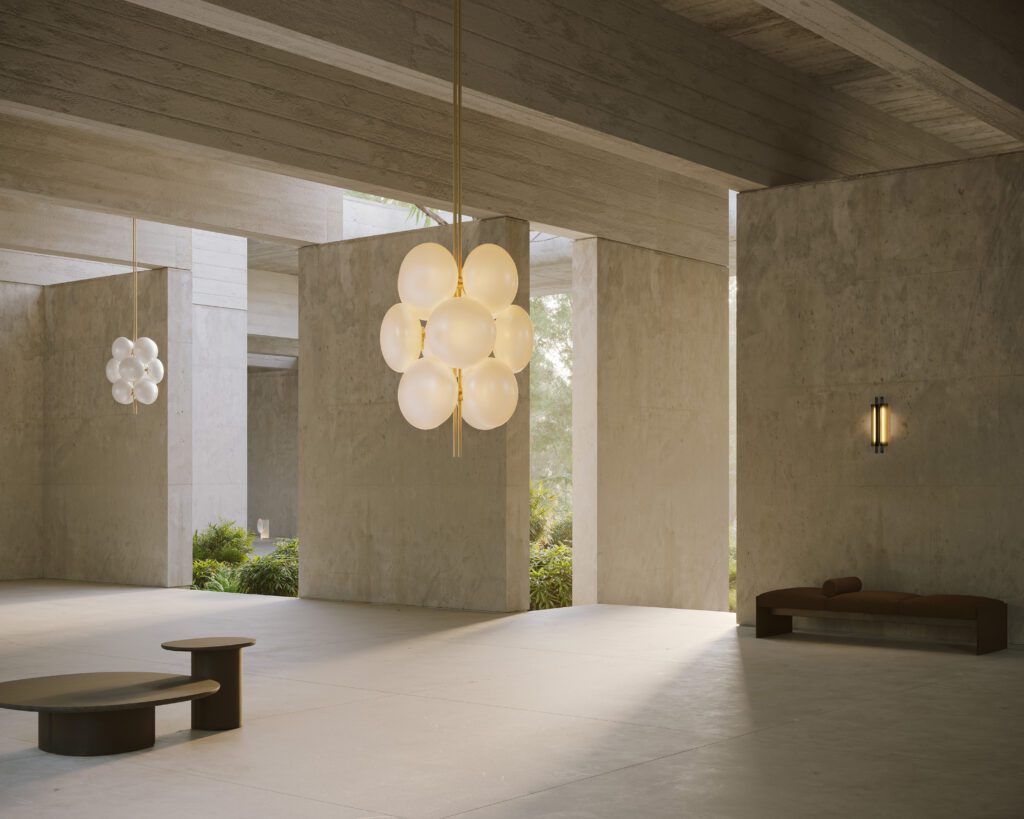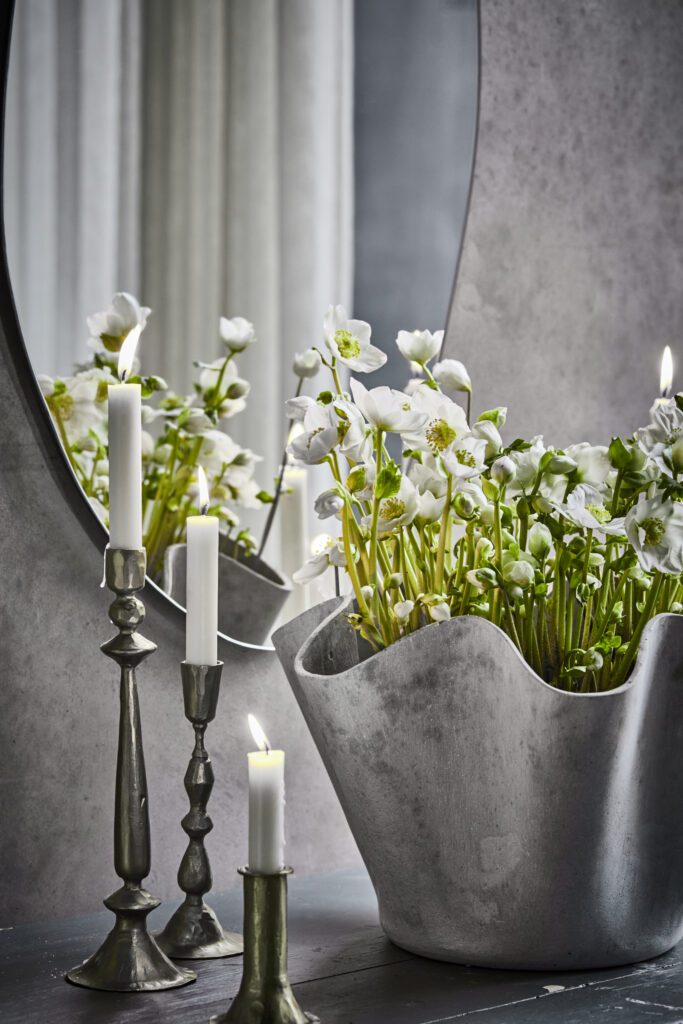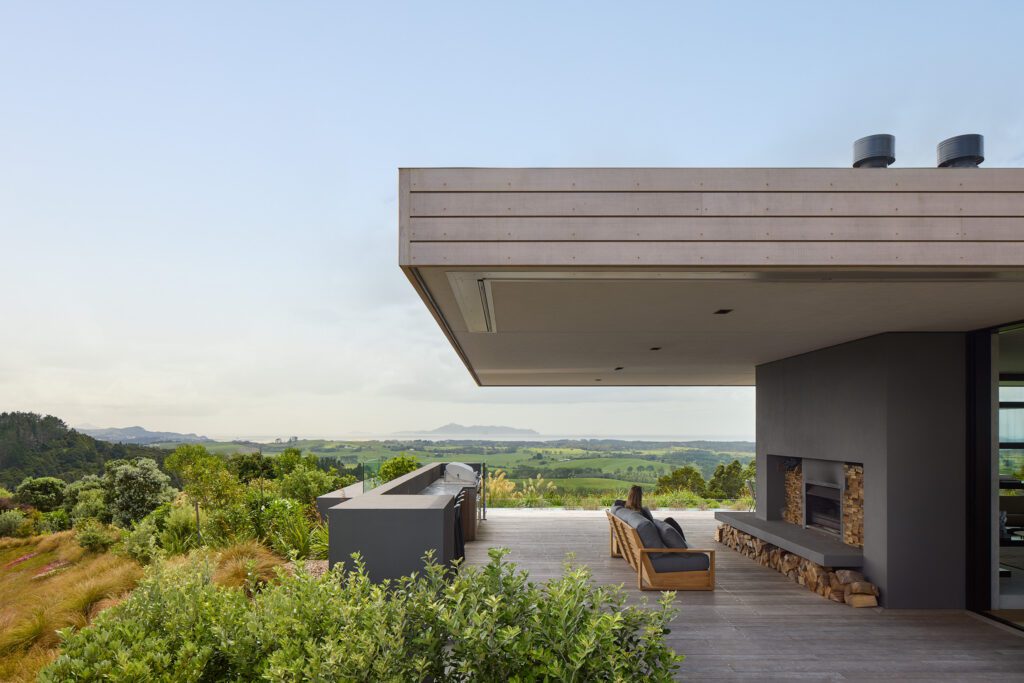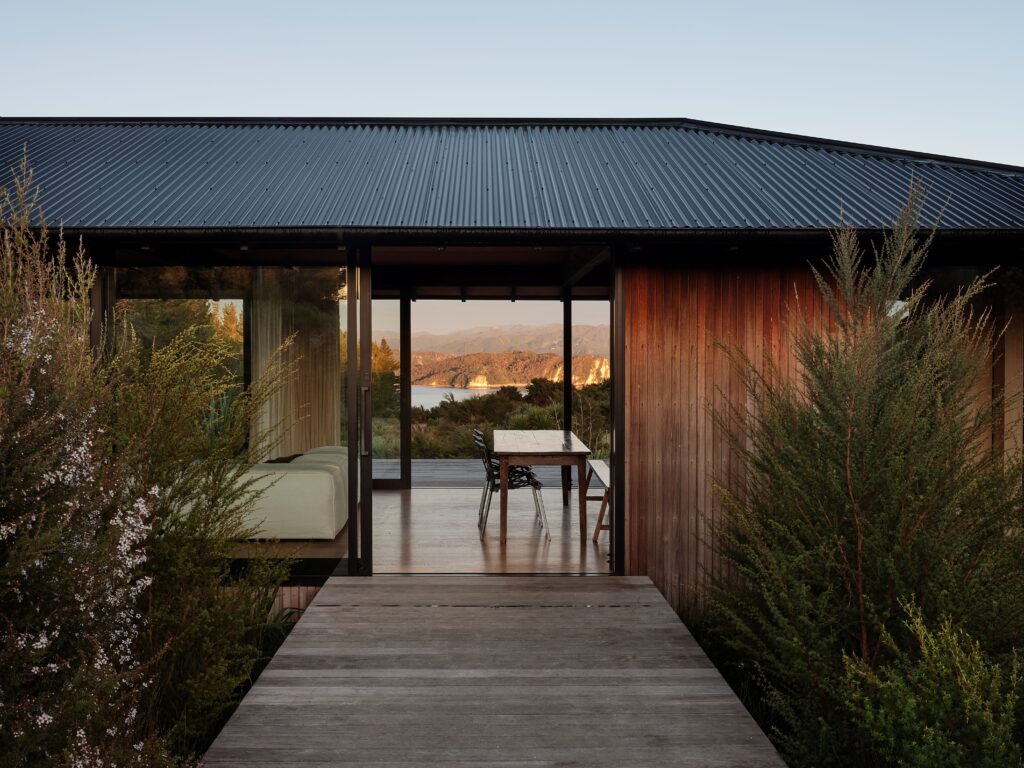Complexities that only a New Zealand topography can conjure; a dedication to treading lightly on the land, now and for years to come; and a setting deserving of such single-mindedness — these are the elements that combine to make real the vision that became Moonlight Tui Compound.
Queenstown has long been known as a playground for lovers of winter and summer sports alike, as a land of extremes, and as an internationally renowned area of outstanding natural beauty.
For brothers Drew and Josh Atkins — a quantity surveyor and a builder, respectively — Queenstown is not only home but also where they want to leave their mark, albeit an environmentally friendly one. “Midnight Tui Compound is very much Drew and Josh’s vision,” says architect Siân Taylor of Team Green Architects.
“They were really focused on, and passionate about, the way they wanted to build and about creating something that was driven by Passive House principles, while also being really cost-effective. “When they approached us to join them on their journey, they had already purchased a site. Like most of Queenstown, it is at once beautiful and dramatic, while also being, like most of Queenstown, situated on the side of an almost unforgiving slope, with the requisite tricky access to and from the road. It was also oriented to the north-east.”

Siân knew that the restraints the topography and orientation of the site presented, coupled with the commitment from Drew and Josh to build to Passive House standards on a budget, meant the design had to be as light-handed as the eventual build. “We knew we had to do something that was going to punch above its weight and achieve as much, in terms of sustainability and amenity, as it possibly could.
Luckily, Josh and Drew were realistic when it came to balancing their budget with their aspirations, but they also knew what they wanted, and had the determination to do it really well, so that was our starting point.”
The solution lay in the creation of a simple, rectangular form — laid out over two storeys and set below street level — which would form the basis of the dwelling. A secondary form, in the shape of a detached parking structure, provides access from the street.

“At the risk of making it sound formulaic (which it’s not because each site and each brief demands a unique outcome) basically what we did — and we’ve done this on a couple of jobs, but I think this project is where it has proven most successful — is just have that thermal envelope, which is the two-storey box, and then use the external shading elements, such as the roof overhang, to create an interesting form on the outside.”
Two other factors contributed to the design: the site’s orientation and the proximity of neighbours, especially on the northern boundary. This meant that maximising natural light while minimising sight-lines towards the neighbouring properties was key.
Extensive energy modelling of the design allowed the team to work through elements such as window placement and the position of shading elements — not only to enhance the views and minimise solar gain but also to explore how different combinations of materials would help in achieving their goal of Passive House certification.

The house is also a showcase for Drew and Josh’s business, so, as well as being robust and cost-effective, it needed to look the part. Black metal cladding was chosen for the main structure. This was juxtaposed against the parking structure’s Lunawood cladding, which will patina over time. Inside, the mix of materials provides visual interest and warmth, creating a luxe feel that elevates the interiors without overshadowing the dramatic nature of the landscape.
In terms of layout, the living areas take pride of place on the top floor, with an easy flow between spaces. The lower floor has been given over to the private spaces and direct connection to the backyard.
As for Passive House certification, unfortunately, in the end, the north-east orientation proved too great a hurdle to overcome within the budgetary constraints. “To reach the required 15kWh/m2 for certification, we would have needed to build much thicker walls to compensate for the reduction in thermal gain due to the site’s orientation, and that would have resulted in a budget blowout. However, Drew and Josh have achieved less than 35kWh/m2, a result several magnitudes better than the 150–300kWh/m2 permissible under the current building code — and it’s net zero.
“Passive House certification aside, Drew and Josh have proven that, by focusing on simplicity of form, materiality, and minimising waste to achieve long-term energy efficiency, building sustainably on a budget can be a reality for just about anyone. For me, that is the true success of this project.”
Words: Justin Foote
Images: Simon Larkin
Project Credits
Architecture — Team Green Architects
Build — Compound
Interior Design — Said Studio
Coloured Concrete — Peter Fell
Door Hardware — Windsor
Timber Flooring — Forte
Citation
A difficult site in a land of temperature extremes, combined with a tight budget. This project however benefited from a committed vision toward caring for the environment. Orientation, materiality, a deep understanding of the construction process and how each detail affects performance, all work in tandem toward a house that is highly committed to kaitiakitanga. It shows an innate understanding of the relationship between the architecture and elements while not compromising on moments of beauty.

